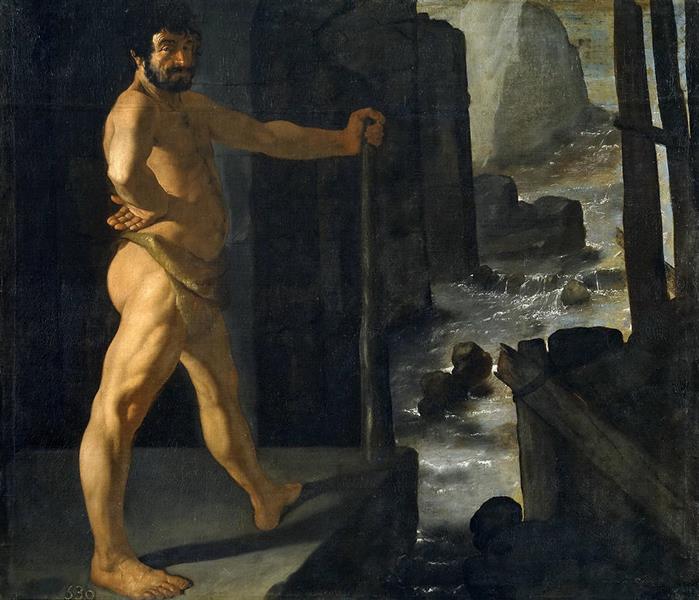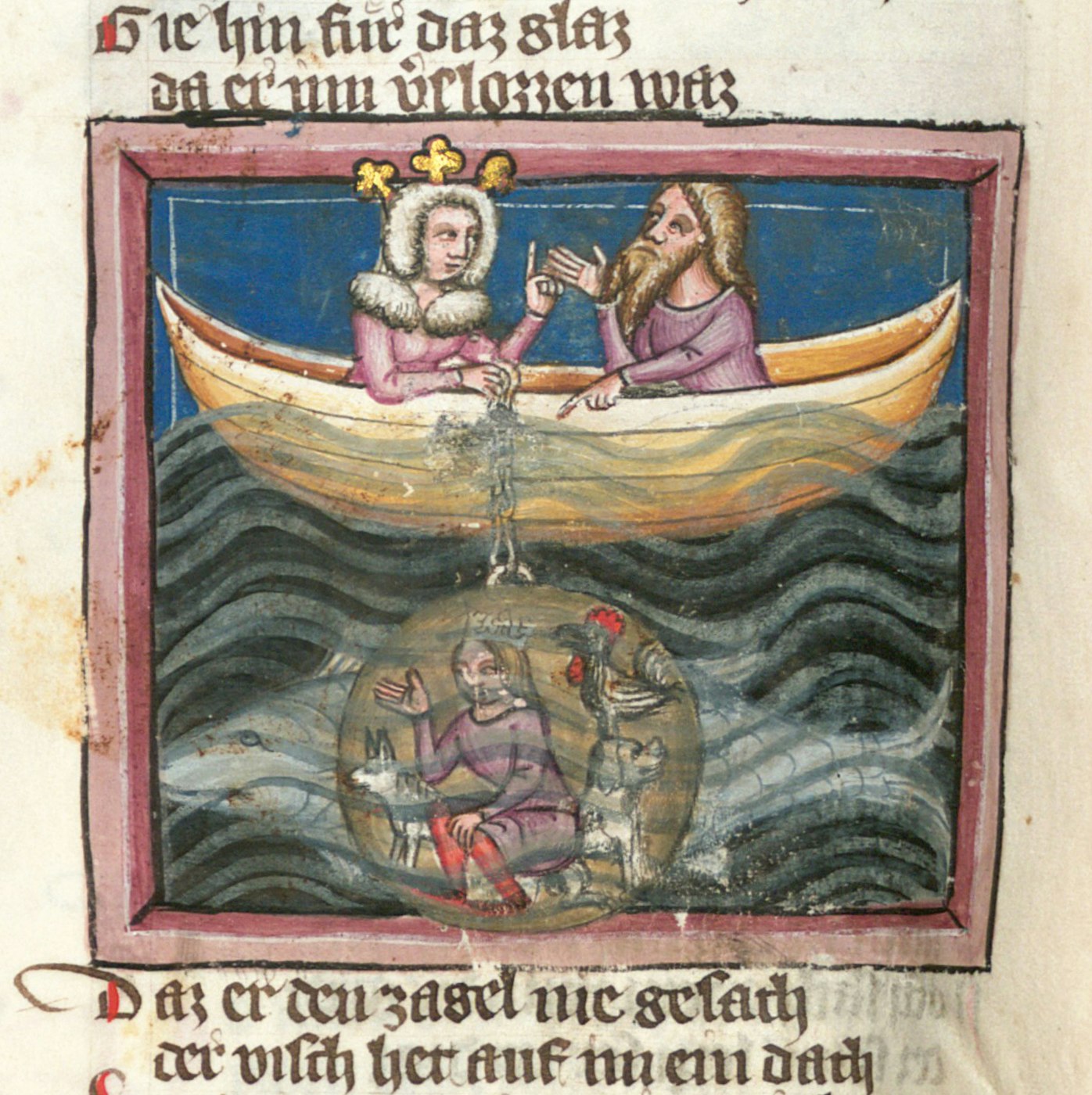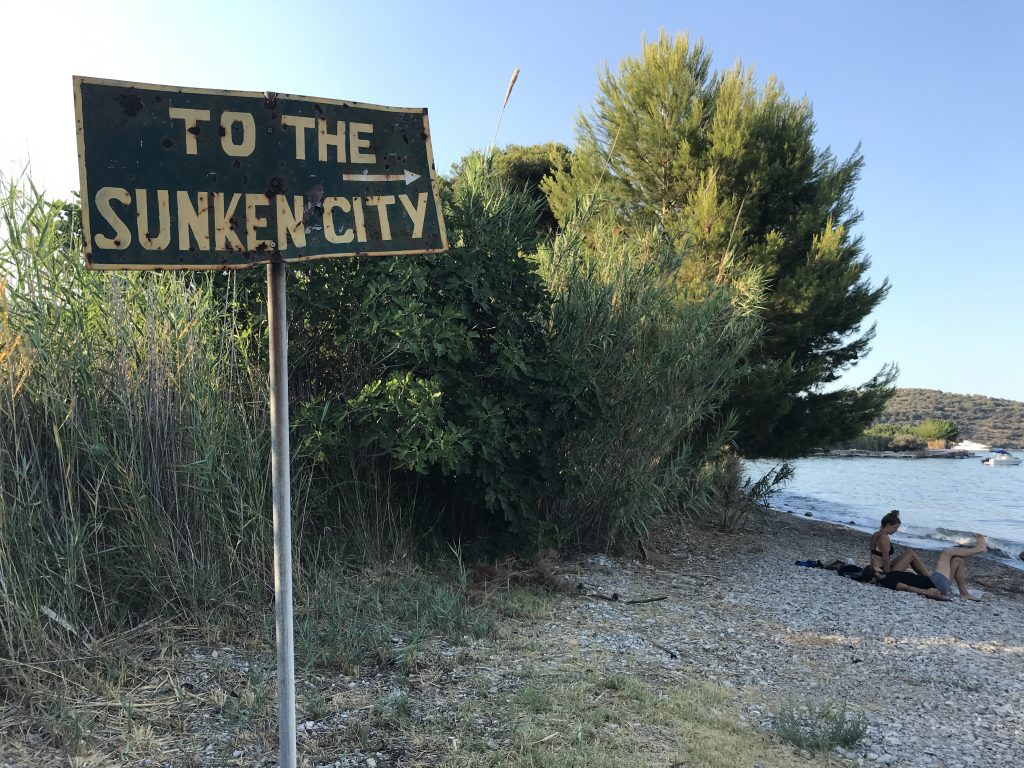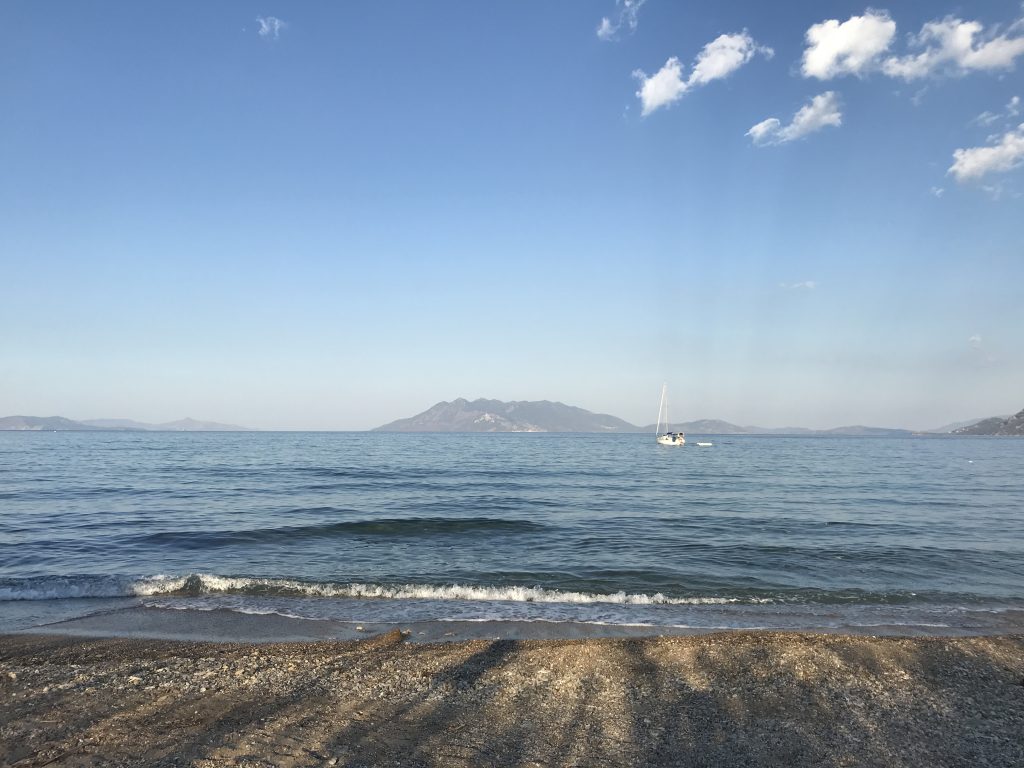Extraordinary natural occurrences and appearances were traditionally explained in myths, legends or so called Tall Tales. They fall in the larger genre of folklore and different from myths or legends they are relatively young or have known or contemporary authorship. An example from European Antiquity would be the “Alexander Romances“, fictitious accounts of the life of Alexander the Great (356 – 323 BCE) that exist in over 100 known versions and several languages. In the USA a popular figure of Tall Tales is the giant Paul Bunyan. Tales about Paul Bunyan first appeared in the mid 19. Century and include among others explanations for the existence of the Grand Canyon and Minnesota’s Thousand Lakes.
In a facebook post I recently came across this humorous first nation version of a Paul Bunyan tales. It’s a great example how natural science, political satire and ancient mythology intersect. And it also shows how closely connected and intertwined the folklore of US-American white settlers and the folklore of first nations in the Americas is.
Believe it or not, us Ojibwe also have a story about Paul Bunyan. He came to the area known as Red Lake and tried his de-forestation BS, but Nanaboozhoo – The Greatest Ojibwe who ever lived – obviously wasn’t having none of that. They got into a fight that lasted 3 days, and finally our hero picked up a giant walleye and slapped the outlander silly with it. Paul got knocked on his ass in a mud puddle, so hard it left an imprint of his buttcheeks there in the wet ground…that’s why the lake is shaped the way it is and why we were able to keep our forest.
You’ll never hear this story in a book, but that’s basically how I heard it from my father when I was young – after coming home from kindergarten in Bemidj (Paul’s favorite town, mwahaha!) and talking about him.
That’s the story behind the Paul/Babe & Nanaboozhoo statues in that town. This used to be a sign at the rez line, I remember the chimooks didn’t like it and kept cutting it down. But the story lives on, and now you know.




